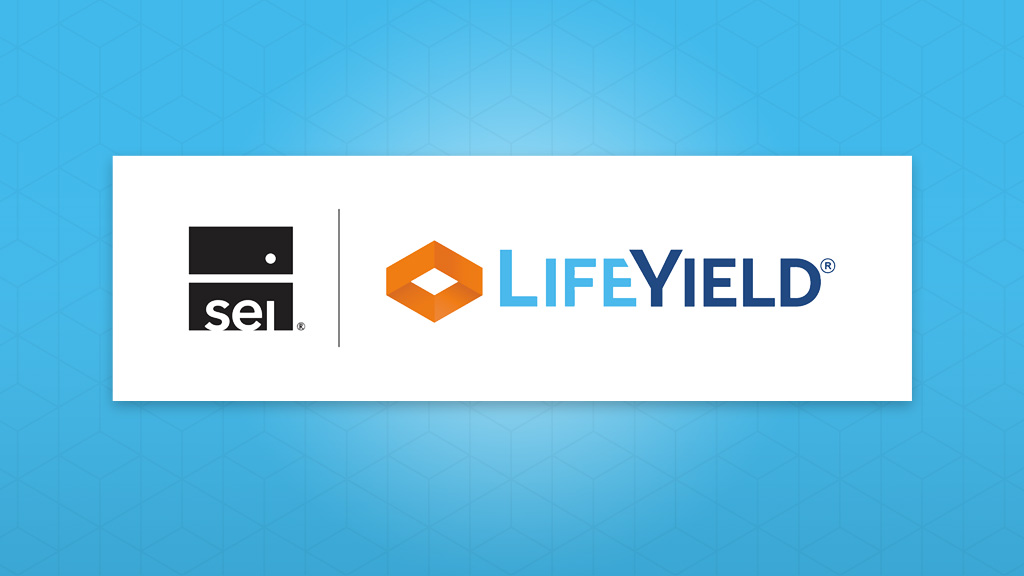How Should Taxes Be Addressed In Personalized Portfolios?

As financial advisors, we already understand the significant impact taxes can have on investment returns. Tax drag can erode returns, making it critical for advisors to address taxes effectively in personalized portfolios to ensure clients’ long-term financial success and the success of their financial firms.
Implementing tax-efficient strategies tailored to your client’s unique financial goals can potentially save thousands of dollars over time. However, implementing and managing these strategies can be time-intensive for advisors. Technology is a must for executing tax-efficient investing at scale.
How Should Taxes Be Addressed in Personalized Portfolios?
Tax efficiency should be a primary concern when constructing a client’s personalized portfolio. Allocating investments strategically across the household and across different account types, such as taxable, tax-deferred, and tax-free accounts, can optimize tax advantages and enhance after-tax returns.
Household-level tax-efficient asset location strategies across account types are essential in minimizing tax liabilities and maximizing after-tax returns for clients. By intelligently placing assets in tax-smart account types, advisors can optimize tax efficiency and improve overall portfolio performance. Looking at a client’s household-level holdings holistically instead of taking them account by account can be an efficient way to capitalize on all opportunities that generate tax alpha.
Maximizing After-Tax Returns Long Term
Asset Location
Maximizing after-tax returns over the long term involves strategically positioning investments across various account types to optimize tax efficiency and enhance overall portfolio performance.
Strategic and thoughtful asset location that considers capital market assumptions (CMA) plays an essential role in enhancing after-tax returns and aligning investments with individual tax considerations. Tax-efficient construction involves placing assets in the optimal tax-smart investing account types, to minimize tax liabilities and optimize tax efficiency in personalized portfolios
Customizing portfolios using tax optimization strategies can maximize investors’ long-term outcomes. Portfolio customization through asset location ensures that investments are structured to consider tax implications, ultimately leading to improved tax efficiency and increased tax alpha.
Incorporating tax-efficient accounts can further enhance after-tax returns by reducing the tax drag on investment gains. By prioritizing asset location across the household, advisors can effectively navigate tax complexities and optimize their clients’ investment outcomes.
Tax Loss Harvesting: Short Term
Tax loss harvesting can be a crucial strategy for optimizing after-tax returns in the short term. Advisors can lower clients’ tax liabilities and enhance portfolio performance by strategically selling investments at a loss to offset capital gains and reduce taxable income.
Tailoring tax loss harvesting strategies to individual client circumstances and investment goals can be essential to ensuring that the strategy aligns with their overall financial objectives.
When considering tax loss harvesting in the short term, it’s essential to tailor these strategies to individual clients’ unique financial situations and investment goals. By incorporating tax-efficient practices into asset management, individuals can maximize their after-tax returns and enhance overall portfolio performance. Keeping caveats like the 30-day wash sale rule in mind can be another critical factor determining the success of tax-loss harvesting and portfolio rebalancing.
Clients can benefit from the optimization of tax deferral and reduction of taxable income through their advisor’s strategic investment decisions. Depending on their circumstances, implementing tax-loss harvesting for short-term tax efficiency can profoundly impact the client’s life.
Personalized Tax-Efficient Investing
Advisors must construct tax-efficient portfolios effectively to achieve personalized and effective tax-efficient investing for their clients. Tools like LifeYield can assist advisors in optimizing asset location and allocation based on tax treatments and individual client goals. While managing tax efficiency for every client can be time-consuming, LifeYield can help advisors automate the process and ensure accuracy.
Implementing tax-efficient asset location strategies tailored to individual clients can allow us to maximize tax advantages and adapt strategies that align with specific financial objectives and goals.
Tax-Efficient Portfolio Construction with LifeYield
Constructing a tax-efficient portfolio with LifeYield involves household-level strategic asset allocation and location to optimize after-tax returns for investors.
When focusing on personalized tax-efficient investing, consider the following:
- Maximizing Tax Advantages: Use LifeYield technology to identify taxable, tax-deferred, and tax-exempt accounts for optimal asset placement across the household.
- Enhancing After-Tax Returns: Implementing tax-efficient asset location strategies can significantly boost investment outcomes in retirement planning.
- Improving Portfolio Efficiency: Tools like the LifeYield Asset Location Score can help measure and monitor a portfolio’s overall tax efficiency and show advisors how to improve the score and increase returns.
Frequently Asked Questions
How do changing tax laws and regulations impact personalized portfolios?
Firms and advisors should evaluate the impact of changing tax laws and regulations on personalized portfolios. Remaining informed and adaptable to tax changes is crucial for optimizing investment strategies and maximizing after-tax returns.
Changes in tax laws may necessitate adjustments to investment strategies to maximize tax efficiency and mitigate potential tax burdens. For example, changes in capital gains tax rates or the introduction of new tax incentives may prompt advisors to reconsider asset allocation or tax optimization strategies so clients’ portfolios can perform better and with less tax drag, as determined by any new legislation.
How can personalized portfolios adapt to different life stages and tax brackets?
Personalized portfolios must evolve to reflect clients’ changing life stages, financial priorities, and tax circumstances. Considerations for adapting portfolios to different life stages and tax brackets include things like lifecycle planning, tax bracket management, flexibility and diversification, and regular rebalancing.
Regular portfolio review and rebalancing are essential for ensuring that personalized portfolios remain aligned with clients’ evolving life stages and tax brackets. Advisors should conduct periodic assessments of portfolio performance, tax efficiency, and alignment with clients’ financial goals to identify opportunities for optimization and adjustment.
Conclusion
As financial advisors and financial advisory firms, addressing taxes in personalized portfolios is essential for maximizing after-tax returns and securing clients’ financial futures. By implementing tax-efficient strategies and leveraging technology, we can optimize portfolio performance and provide valuable tax optimization services to our clients, ensuring their long-term financial success.
Monthly insights from our Chief Growth Officer, Jack Sharry
Get exclusive insights and interviews from around the industry

 By
By 




